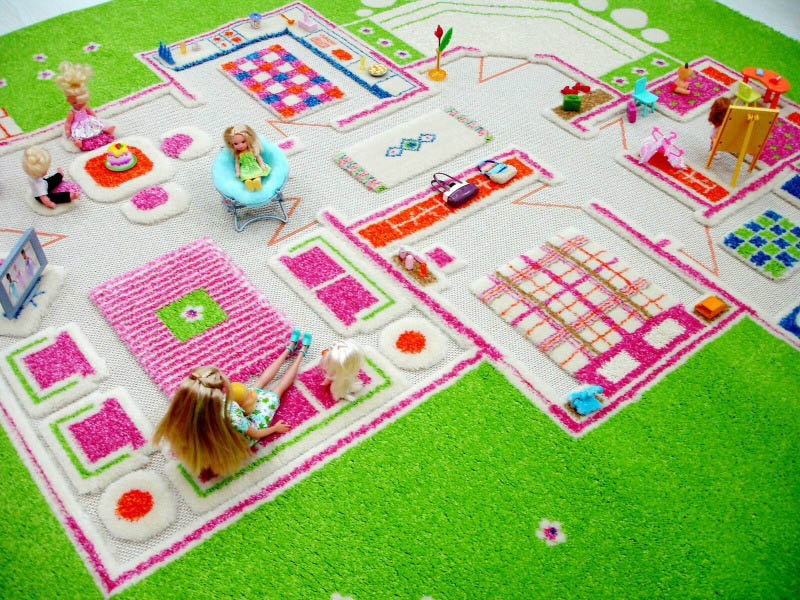

But who wou l d deny that m e d i ca l p hotography h as led us towards a ful l e r understa n d i n g o f t h e body, a n d thus c o n t ri buted to the bettermen t and p ro l o n ga t i o n o f l i fe ? T h ose d i g i ta l cadavers a re, after ali, composites o f thousands o f i n d ividual photographs o f a real human body.


I t m ay be argued, for i nstance, that p o r no grap h i c i magery h as con tri buted to the degrad a t i o n of the body, both female a n d male, o r that advertisi n g's glorifica t i o n o f w h o l l y i deal i ze d youth sets up un real istic expectations wh ich alienate the common person fro m h is/her own co rpo real i ty. But w h i l e i t has undoubtedly been of service to human k i n d, i t i s equal ly true that it h as been the cause of m uch concern. Photography h as had a p rofound i m pact o n the body fo r m ore than a century. Witness the storms of co ntroversy which have surrounded the i m agery o f Robert Mapplethorpe, Sally Mann, Jock Sturges or Andres Serrano i n recen t years i t is a lways some perceived transgression of conven tional notions of the body, particularly issues relating to sexuali ty, that igni tes pub l i c passions. Photographers know a l l too wel l how eas ily their work can catapul t them i n to the battles ragi ng over the human body. ' YO U R B O DY I S A BATT L E G RO U N D, ' a work by artist Barbara Kruger emphatically rem i n ds us. " Jard i ne m ight wel l have l isted the other threatened b i n aries: m ale/female, m asculi ne/fe m i nine, young/old, n ature/cul ture, b l ack/wh i te. ' T h e b i naries i n modern t hought are b reaki n g down', notes Alice Jard i ne, 'an d the botto m - l i ne b i nary of trad itional eth i cs - l i fe and death - is fal l i ng out from under us. I n a virtual real i ty - t hen conce p ts a n d defi n i ti o n s, val ues a n d bel iefs, righ tsĪ n d l aws, mus t be rad i cally overhauled. When we d ream of ' Robocops', ' Termi nators' and ' Replicants', and long to l ive Rebuild faces, b reasts or t h ighs to con form to the moment's i deal of beauty and Medical schools with ' i ndustry-standard d i gi tal cadavers' when certain m achines can appropriate the functions of h uman o rgans, while others are invested with i n tell igence when the life of the body can be prolonged when the mind has ceased to fu nction when genetic change can be engineered and human bei ngs cloned when a foetu can be nurtured in an art i ficial womb, or jobbed-o ut to a surrogate mother when we entrust automatons to land our j ets or perform operation on our bodies when the New York Times i n forms us that, co ntrary to what most of us had believed, there are three, four or possi bly five genders when we capric iously Arnulf Rainer Strauch + Zock (Bush + Rick Rock) 1 97 1 Indian Ink. National I nstitu tes of Health offer to replace corpses i n I n a n era when parts can b e routi nely detached from o n e body and pl ugged i n to another when the U. The body is bei ng rethought and reconsidered b y artists and wri ters becau e i t is being restructu red and reconstituted by scient ists and engi neers. �o tbat the body is m e rely ' i n fas�io n'� Wh at p u ts the body squarely i n t h e ce n t re o f debate is n o t fas h i o n, b u t urgen cy.

PREFACE Why i s it today that th e h u man body i s at th e centre of s o m u c h atte n ti o n ? Why a re m agaz i n es, n ew s pa p e rs, te l ev i s i o n a n d a d ve rti s e m e n ts s atu rate d w i th i m age s of nake d, o r v i rtu a l ly n a ke d, b o d i e s ? Why are so many writers, artists and photographers so profoundly concerned with the subject? And why, in all this, do we discern a rising tide of unease, even panic? Is it, as many believe, the scourge of AIDS which fuels the con cern, or pe rhaps the d isem bo d i m e n t i m p l i c it i n the computer age ? Is it, as so m e acad e m i cs m a i n ta i n, that th e b o d y, as we h ave come to u n dersta n d it, no l o nge r exists ? O r c o u l d it eve n


 0 kommentar(er)
0 kommentar(er)
